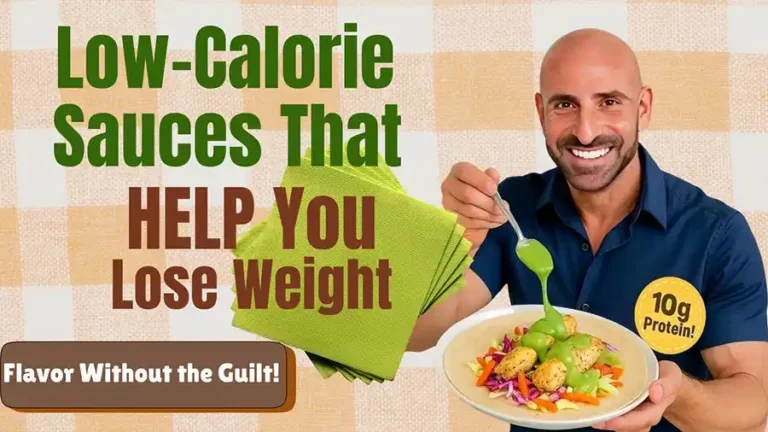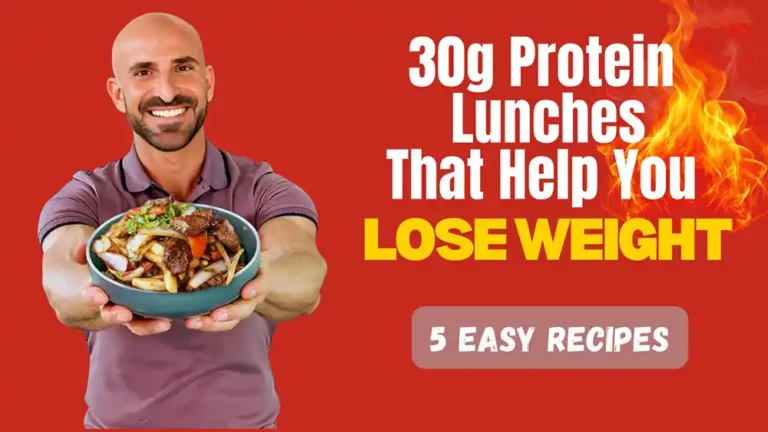There’s no way to stock up on healthy food for meal prep and quick meals in a bind without hitting the grocery store, and that means navigating a nutritional minefield like no other. So, let’s talk about grocery shopping.
Nutrition all depends on grocery shopping. If you don’t have the healthy food around, that’s the end of your program. Period. No matter how foolproof your program may be. So, it’s key that we all make time during the week to buy fresh, whole foods. My clients always say they have no time. Between work and the gym, it’s too much. So here’s one way to make sure you get to the store: Cut your workouts to three to four times per week instead of four to five, and you will free up a market day. Just like that! Put it in your schedule as though it were an appointment with your trainer. Think about it—exercising for an hour is one thing, but if you’ve got unhealthy food in your body for the other 23 hours, how much good are you really doing for yourself? Therefore, it’s so important to make that time to shop and shop smart. Here are 5 simple tips:
1.) Know the store layout: When you shop, stick to the same stores so you know where your things are and you do less potentially dangerous browsing. Nearly as important is that, always go with a list so you know what you are going to buy and reduce the chance of impulse-buying foods that may not be in your plan. Going aisle by aisle is the worst, especially if you’re hungry. Wandering in the store is a dangerous business. Stick to the list.
2.) Get control of label confusion: What are food labels really telling you? If you want to know the truth, get this: Do not read the fronts of the packages. There’s marketing, and then there’s real nutritional value. Food companies can say all sort of misleading things on packages. For example I saw a package of granola bars the other day and on the package it said “more whole grains.” With all of the good intentions, you think, “Hey, whole grains are healthy!” However, when you turn the package over guess what the first ingredient is? High fructose corn syrup. Oops. Bear in mind that ingredients are listed by weight, meaning that the first ingredient is what composes most of the food. So, in the case of the granola bars, there’s more corn syrup in those “whole grain bars” than any other ingredient. It’s also important to read serving sizes. A bottled beverage, for example, may tell you on the front label that a serving is only 100 calories and you think “great!” and down the whole thing, but if you look carefully and there are 2.5 servings in a bottle, you would know that you just drank 250 calories. It’s common for companies to put unrealistic serving sizes on foods and drinks because, come on, who actually drinks a bottle of something on 2.5 different occasions? Therefore, this is an important thing to keep an eye out for.
3.) Watch out for fortified foods: Fortified foods are the ugly sibling of ultra-healthy “functional foods.” Functional foods have ingredients that are beyond just vitamins or minerals, and have additional health benefits, such as antioxidants. For example, tomatoes contain lycopene which is an antioxidant that’s good for the prostate and heart. Flax seed and acai are other examples of popular functional foods right now, because of their antioxidant and other health properties. So, you’ll often see products boosted with lycopene, acai or even flax seed. But it’s better to avoid these and instead eat the original functional food. This is because when foods are fortified you are getting a processed version of that original healthy food. It’s far better to eat the whole, functional version, where the chemicals are appearing in their natural form. Delicious options include strawberries, flaxseed, tomatoes, and walnuts.
4.) Think through the trade-offs: Many foods are loudly marketed as being low-fat, low-carb, or high-protein. But in order to take something out, manufacturers have to put something else in, and vice versa to keep it tasting good and appealing to buyers. That means a food low in one thing may be high in something else that you want to avoid in excess. Low-fat is likely to be high-sugar and high-salt and low-carb is probably high-fat. Ultimately, manufacturers are always going to prioritize taste no matter what they try to market to you as healthy. So, again, read your labels. When you compare the originals to these “healthier” alternatives, the calories are almost always practically the same. So, you may as well indulge yourself in the original and enjoy it, rather than being tricked into thinking an alternative is better for you when it’s practically the same.
5.) Beware of beverages: Acai, green tea, alkaline water, cola with vitamins—the list goes on and on of supposed energy or health drinks. They may very well have vitamins, minerals and probiotics, but check the labels on these super drinks for added sugar. If sugar is added to enhance taste, how much good are those added nutrients really doing you? Remember, it’s never a good idea to drink empty calories no matter what the source. Eat your fruits and vegetables and whole grains and healthy proteins and you will be getting all your vitamins. Even better, make your own super drink in the form of a fruit smoothie. It’ll be better for you and your wallet.






